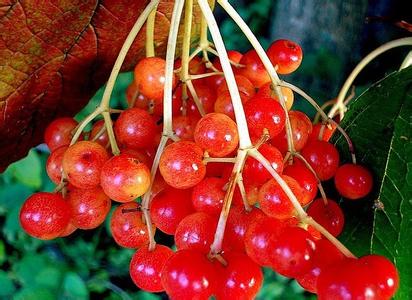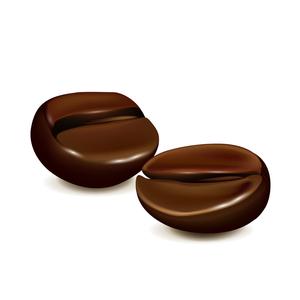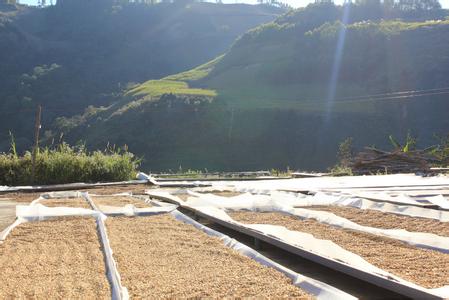Brief introduction of varieties produced by taste treatment of Colombian sun-flavored coffee beans
Brief introduction of varieties produced by taste treatment of Colombian sun-flavored coffee beans
The history of Colombian coffee dates back to 1808. A priest brought coffee to Colombia for the first time from the French Antilles via Venezuela. The suitable climate in Colombia provides a real "natural pasture" for coffee. Since then, coffee trees have taken root in this country. The country has also become the second largest coffee producer after Brazil, the world's largest exporter of Arabica coffee beans and the world's largest exporter of washed coffee beans. Colombian coffee is a representative and excellent variety of Arabica coffee, and it is also a traditional deep-roasted coffee.
The Colombian super aroma is rich and thick, with clear high-quality acidity, high balance, and sometimes nutty, lingering aftertaste. In terms of appearance and quality, the Columbia Super Class is quite excellent, just like a woman's vaguely charming, charming and just right, memorable.
Each caffeine variety has a different origin and has its own strong character, such as the masculine Mantenin, which resembles the character of an iron and steel man, and the mellow, fragrant Blue Mountain Coffee, which is called the gentle woman's yearning addiction. Columbia Super Coffee, which has always been light-scented, is the most suitable for those who like light sex. Such people do not want to drink coffee as a sitting matter, from the sour, sweet, bitter, astringent experience of some profound philosophy of life, just want to simply drink a cup of delicious coffee, a cup of hot Colombian coffee
About 700 million coffee trees are documented in Colombia, 66% of which are planted in modern plantations.
The rest is grown on small, traditionally run farms. The main varieties include Kaddura Caturra, Colombia Colombia, Tibica Tipica, Bourbon Bourbon, Elephant Bean Maragogype, and Tabi. Farms and cooperatives across the country, big or small, are distributed in more than 500000 municipalities and 14 major coffee-producing areas. A total of 2 million Colombians depend on coffee cultivation for a living, accounting for 12.5% of GDP.

Important Notice :
前街咖啡 FrontStreet Coffee has moved to new addredd:
FrontStreet Coffee Address: 315,Donghua East Road,GuangZhou
Tel:020 38364473
- Prev

Treatment of Candlestick Coffee beans in Sidamo Grinding scale Flavor description varieties
Sidamo Candlestick Coffee Bean treatment Grinding scale Flavor description Candle Mang's charming fruit tonality inherits the charming aroma given by the traditional Egyptian sun, unreservedly expressing round, full, long aftertaste sweetness and just right fruit acidity. The daily brewing of candlelight is also quite easy to use, and the bean itself is rich in flavor, whether it is fresh dripping or concentrated.
- Next

Uganda Coffee Characteristics Taste Flavor Description Grind Scale Region
Uganda Coffee Characteristics Taste Flavor Description Ground Scale Producing Region One of the four basic coffee flavors is produced under a dominant role in the first coffee flavor. Acidity ranges from hot to spicy; sweetness from soft to fine; wine taste from pungent to acrid; light taste from soft to neutral; sharpness from coarse to dry; acidity from hard to bitter; temperature of coffee affects these tastes
Related
- Detailed explanation of Jadeite planting Land in Panamanian Jadeite Manor introduction to the grading system of Jadeite competitive bidding, Red bid, Green bid and Rose Summer
- Story of Coffee planting in Brenka region of Costa Rica Stonehenge Manor anaerobic heavy honey treatment of flavor mouth
- What's on the barrel of Blue Mountain Coffee beans?
- Can American coffee also pull flowers? How to use hot American style to pull out a good-looking pattern?
- Can you make a cold extract with coffee beans? What is the right proportion for cold-extracted coffee formula?
- Indonesian PWN Gold Mandrine Coffee Origin Features Flavor How to Chong? Mandolin coffee is American.
- A brief introduction to the flavor characteristics of Brazilian yellow bourbon coffee beans
- What is the effect of different water quality on the flavor of cold-extracted coffee? What kind of water is best for brewing coffee?
- Why do you think of Rose Summer whenever you mention Panamanian coffee?
- Introduction to the characteristics of authentic blue mountain coffee bean producing areas? What is the CIB Coffee Authority in Jamaica?

